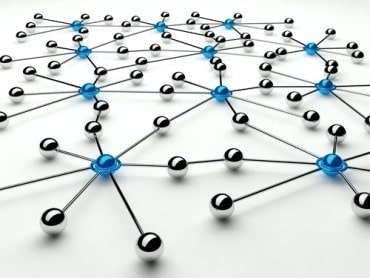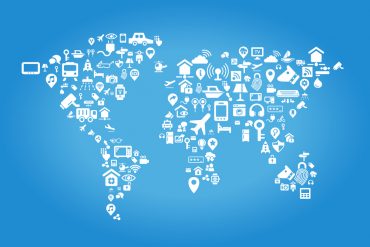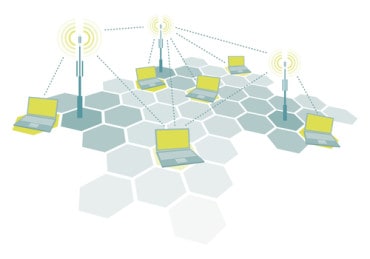
5G IoT connections are expected to increase by 1,100% by 2026, from 13 million in 2023 to 110 million by 2026. This will be led by smart cities.
The number of 5G Internet of Things (IoT) connections is expected to surpass 100 million by 2026, up from an estimated 17 million in 2023, according to market research firm Juniper Research.
IoT devices are being deployed across a wide range of industries, but most of them currently support last-generation wireless technology, such as 3G and 4G, or run solely from short-range wireless such as WiFi and Bluetooth.
SEE ALSO: The Importance of Ensuring IoT System Security
The research suggests that adoption of 5G IoT will come primarily from two sectors: smart cities and healthcare. Smart cities will take the lion’s share, with Juniper estimating that over 60 million 5G smart city connections will be active globally in 2026.
In healthcare, the modernization of services will be brought forward, after reviews of the Covid-19 pandemic found many healthcare providers unequipped to handle large influxes of patient requests, alongside other service issues.
“5G will enable more efficient and dynamic healthcare provision that was not feasible with 4G or Wi-Fi,” said co-author and research programmer at Juniper Research, Olivia William. “However, healthcare providers must first implement 5G in areas which provide a strong return on investment; most notably connected emergency services.”
Other industries that are expected to invest in 5G IoT over the next three years are transportation, specifically for the use of monitoring road and rail networks and providing maintenance crews with real-time data to make more educated decisions as to what areas of a transportation network are in most need of repair and servicing.
5G provides businesses with ultra-low latency and high bandwidth, in comparison to previous generations. For smart cities, this allows them to ingest far more data than was available before, and upload it to a central system with minimal delay. For healthcare, this means emergency systems can be connected to analytics and AI services, to be used as assistance to a medical professional.





























